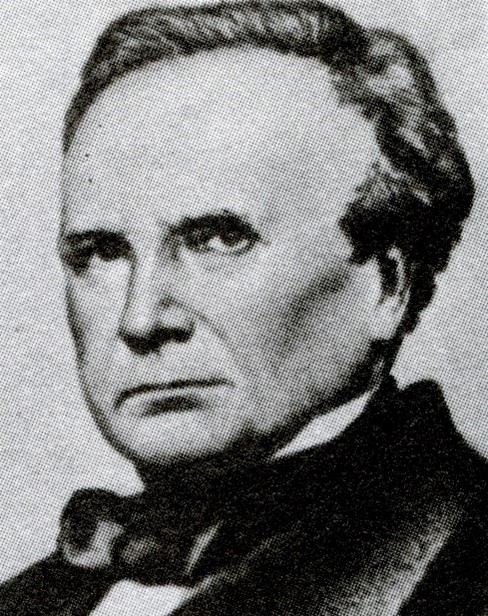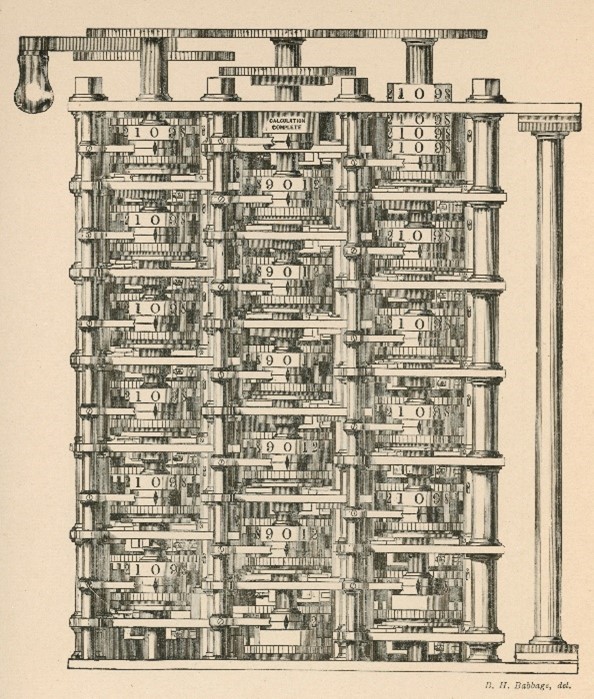Lesson 6: The First Digital Computer
Charles Babbage’s analytical engine
The world's first digital computer, which encompassed nearly every important element of today’s digital computer in its mechanical and logical aspects, was designed (not built) in the 1830s. It was designed by the great Charles Babbage and called the analytical engine.
 Juulijs - stock.adobe.com.
Juulijs - stock.adobe.com.In 1834, Babbage made many modifications to his first computer, the specialized Difference Engine. When a new constant was required in a sequence of calculations, it had to be manually included in the original design. Babbage invented a way for mechanically inserting the differences by arranging the axes of the Difference Engine in a round arrangement, such that the result column was close to the last difference and therefore easily accessible. He dubbed this design "the engine consuming its own tail" or "a locomotive laying down its track".
This innovation quickly led to the idea of employing fully independent ways to run the machine, allowing it to perform arithmetic operations in every order and however many times they were needed.
 Archivist - stock.adobe.com.
Archivist - stock.adobe.com.Historical significance of the analytical engine
The analytical engine was a true computer as we know it today, or would have been if Babbage hadn't run into technical difficulties. Given the technology of Babbage’s time, constructing his ambitious idea was not feasible. Further, Babbage's failure to provide the planned mathematical tables using his Difference Engine had dampened enthusiasm for additional government funding. The government recognized that Babbage was more concerned with inventiveness than table construction.
Punch-card
Babbage's analytical engine was a global first. Its most notable feature was the ability to customize its functioning by altering the instructions on punch-cards. According to Henry Babbage, the inventor's youngest son, the analytical engine was to be a machine that calculated the numerical values of any formula or function for which a mathematician might identify a solution method. It would apply regular arithmetic rules in any sequence previously determined by the mathematician, any number of times, and on any numbers. It was to be completely automated, following commands and relieving the mathematician of the labour of computing. It must publish the results, or any interim outcomes, that were obtained.
Analytical engine facts
- The analytical engine was a mechanical digital computer that was totally program-controlled and required no human involvement.
- It was intended to be large enough to hold 1,000 50-digit integers, more than any computer built before 1960 could hold.
- There is no evidence that anyone had ever considered, much less started building such a computer before Babbage.
- The analytical engine weighed more than 300 kg and was powered by vacuum tubes.